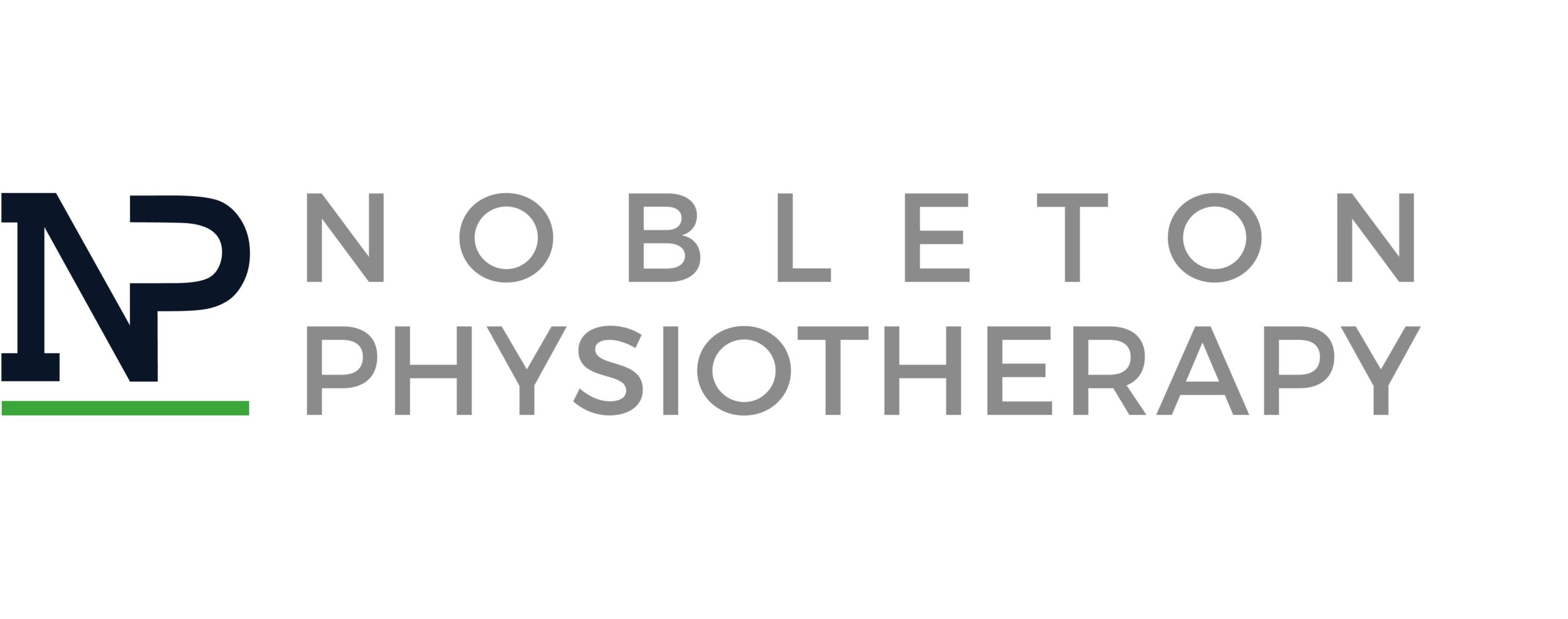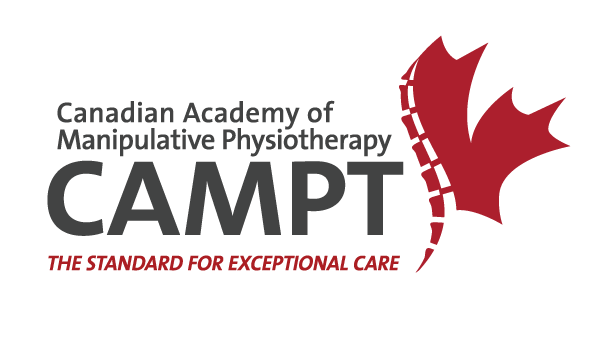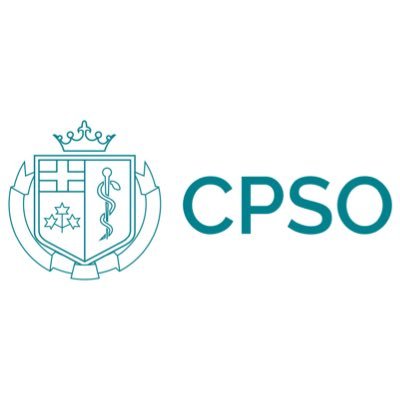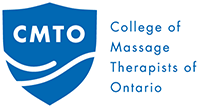Ultrasound Guided Injections
Musculoskeletal ultrasound has established itself as a very powerful clinical tool. Using ultrasound in a Sports Medicine/Orthopedic setting enables the practitioner to obtain safe, high resolution, real time, and even dynamic soft tissue imaging at the bedside. Ultrasound is very effective both in helping make a diagnosis, and in guiding procedures that may be required to help manage or treat various musculoskeletal conditions. Evidence has demonstrated that doing injections under ultrasound guidance offers more accuracy and in turn, more efficacy, when done by a skilled practitioner.
WHY WOULD I NEED AN INJECTION?
Ultrasound guided injections can be considered in many different scenarios. For example, you could consider undergoing an ultrasound guided injection/procedure if you:
- are unable to tolerate participation in physiotherapy due to high pain levels
- have poor sleep quality due to pain despite other efforts
- have plateaued in your progress with physiotherapy/other conservative strategies
- need additional diagnostic clarity (diagnostic injections)
- need to manage your symptoms as you await surgery
What are some conditions that can be managed with ultrasound guided injections?
Osteoarthritis
Osteoarthritis (OA) is a gradual breakdown of the protective cartilage that lines our joints. It can be influenced by several factors, including genetics, age, and previous trauma. Typically, the process is initiated by a single trauma or repetitive “microtraumas”, and over time, the smooth surface of the cartilage begins to deteriorate. OA’s natural course is to progress over time, and due to underlying changes, it can cause joint stiffness and pain that interferes with quality of life.
Chronic Tendinosis/Tendinopathy – Tendinitis vs Tendinosis
A tendon is the tissue that connects a muscle to a bone. “Acute tendinitis” is inflammation, irritation, and swelling of a tendon. The term “acute” implies that tendinitis tends to come on/progress quickly, and have a short duration. Tendinitis is often caused by repetitive movements/overuse, or improper conditioning prior to activity. Typically, tendonitis responds well to rest, ice, and anti-inflammatories, as it is an inflammatory process.
Over time and with repetitive strain/overuse, injured tendons will break or tear (degenerate) and scar tissue will form, leading to inflexibility and pain. This can be difficult for your body to heal, especially with age and continued overuse. As a result, some people develop a “chronic”, or long-term tendon injury called “tendinosis” or “tendinopathy”.
Other conditions that can be managed with ultrasound guided injections/procedures include:
– Frozen Shoulder
– Baker’s cysts
– Ganglion cysts
– Carpal Tunnel Syndrome
– de Quervain’s tenosynovitis
– Trigger finger
– Bursitis
WHAT ARE MY INJECTION OPTIONS?
Corticosteroid, “cortisone”
Cortisone, a corticosteroid anti-inflammatory, is more potent than oral nonsteroidal anti-inflammatories (e.g. Advil, Aleve) and can be helpful to relieve acutely painful musculoskeletal conditions, such as an arthritic joint. Relief is often felt quickly within days of injection and typically lasts a few months, though results can vary. Cortisone injections can also be used to aid in diagnosing a complex problem, or in planning for surgical intervention.
Hyaluronic Acid
Hyaluronic acid is a naturally occurring substance that is a component of our normal joint fluid, helping to reduce friction and absorb shock. A single injection of synthetic hyaluronic acid (e.g. Durolane) can provide pain relief that typically lasts up to 6 months by improving the quality of your joint fluid so it is better able to lubricate the cartilage, thereby reducing friction and pain.
Platelet Rich Plasma
Platelet Rich Plasma (PRP) is created from a small sample of your own blood. Using a centrifuge (a rapid spinning process), your blood sample is separated into its different components, yielding a concentrate of your platelets (a type of blood cell). Platelets are useful in several different ways, but most importantly, helping you recover from an injury.
This platelet concentrate is then injected into the damaged area under ultrasound guidance. Performing the injection under ultrasound guidance is helpful to ensuring accuracy of placement. PRP injections harness the healing power of your own blood to reduce joint or tendon pain. PRP results can last an average of 12 months. In other conditions (some tendinopathies, for example), PRP can resolve the problem entirely. To optimize the outcomes, patients are encouraged to continue with a rehabilitation program to address the other contributing factors to their condition.
nStride
Similar to PRP, an nStride injection is also created from a small sample of the patient’s blood. However, nStride injections harness the power of white blood cells in order to help manage symptoms related to OA. Like PRP, the blood sample is spun in a centrifuge, this time yielding a concentrate of platelets, white blood cells, and plasma. The cell signaling molecules in this concentrate are aimed at specifically inhibiting the cellular processes that occur in OA leading to the breakdown of cartilage. To date, nStride has been studied in the context of knee OA. When used for management of symptoms of mild to moderate knee OA, nStride offers an average of 1-2 years of benefit. To optimize the outcomes, patients are encouraged to continue with a rehabilitation program to address the other contributing factors to their condition.
To see nStride in action, click here to watch this video.
Stay informed
We still have more for you! Stay up to date on our latest health tips, news, videos, and more! Sign up now for our FREE e-newletter.

.png)




.png)